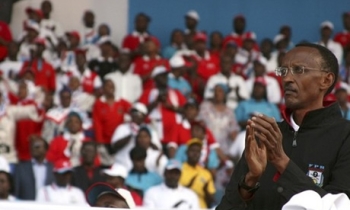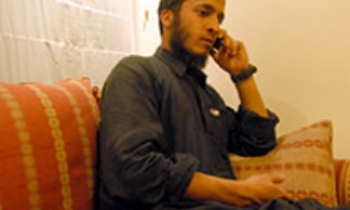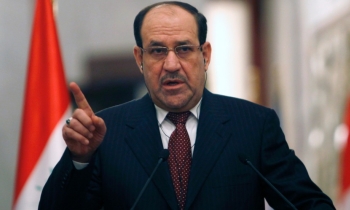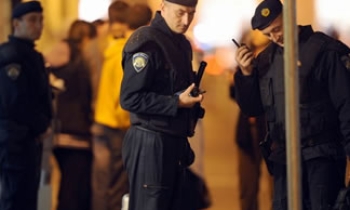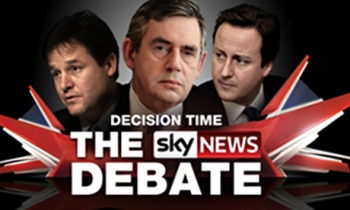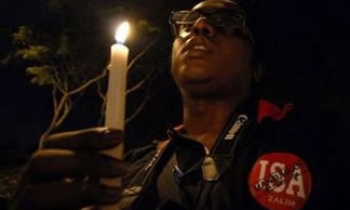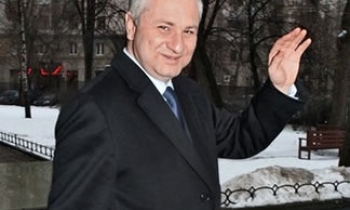COPENHAGEN, Denmark -- The fury over caricatures of the Prophet Muhammad published in European papers has exposed the widening cultural divide in Europe, where many Muslims are torn between their faith and the Western values of the countries they live in.
The drawings, including one of the prophet wearing a turban in the form of a bomb, offended Muslims around the world and set off angry protests Friday from London to Asia and in the Arab world.
The caricatures were first published by a Danish newspaper in September. Liberal-minded European editors, intent on making a point about freedom of speech, reprinted the drawings last week.
The U.S. and British governments defended the principle of free speech but criticized publication of the caricatures, raising questions over whether the newspapers crossed a line between freedom of speech and incitement.
Summing up the cultural rift between Islam and the West, imam Ahmed Abu Laban told worshippers at Friday prayers in a Copenhagen mosque: ''In the West, freedom of speech is sacred; to us, the prophet is sacred.''
The Islamic reaction in Europe has been relatively muted compared with scenes of rage among Palestinians and in countries such as Pakistan, Indonesia and Saudi Arabia.
Arab press chided
But many here wonder how long the calm can last. There is concern the controversy could further stoke cultural tensions between Europeans and the Muslim minority in their midst, already aggravated by last summer's bombings in London and last fall's riots in France.
Meanwhile, some Western media experts have taken up the cause of the caricatures -- responding to Muslim anger by sending out a message about democracy: The right to offend is enshrined in free societies.
Robert Menard, secretary general of Reporters Without Borders, said he was surprised by the ''deafening silence'' of the Arab press concerning their own freedom.
''The Arab press often complains about the censorship practiced by their own government, and they were the first to set their own limits. They were unanimous in supporting their governments' appeal to punish the Danish newspaper,'' Menard said.
''What we are seeing is that many [Muslims] have no idea how democracy works,'' he said.
State Dept. calls them 'offensive'
More than a dozen European newspapers -- including Germany's Die Welt and Spain's El Pais -- have published the caricatures or their own drawings of the Prophet Muhammad.
British Foreign Secretary Jack Straw on Friday criticized European media for reprinting the caricatures.
While free speech should be respected, Straw said ''there is not any obligation to insult or to be gratuitously inflammatory.''
The State Department called the drawings ''offensive to the beliefs of Muslims'' and said the right to freedom of speech must be coupled with press responsibility.
''Inciting religious or ethnic hatred in this manner is not acceptable,'' State Department press officer Janelle Hironimus said.
Islamic law forbids depictions of the Prophet Muhammad and other major religious figures -- even positive ones -- to prevent idolatry. Fundamentalist Muslim groups have been expressing outrage since the drawings were first published by the Danish paper Jyllands-Posten.


